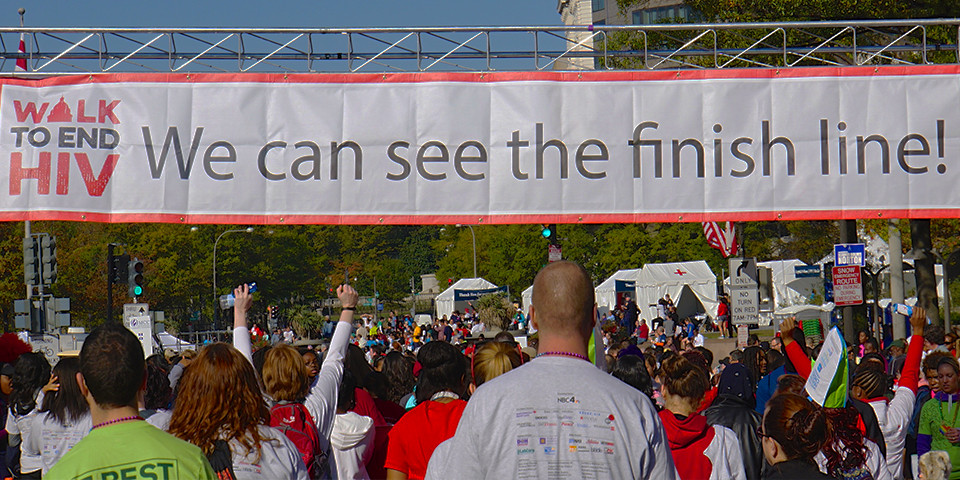As a result of the decades-long work of fighting for human rights, there have been remarkable steps forward in lesbian, gay, bisexual, and transgender (LGBT) equality, both domestically and globally. But one part of the LGBT family is consistently left out of the conversation: The T. These advancements often fail to fully address the scope of experience of many trans women and girls, who have contributed so much to the movement. This failure is exacerbated for Black and Latina trans women because of racism, misogyny, poverty, and transphobia.
In addition to being at the forefront of so many important moments in the fight for LGBT rights, trans people have greatly contributed to larger health movements. One great example is Leigh Ann van der Merwe, a South African trans woman, who is the leader and co-founder of S.H.E., Social, Health and Empowerment, Feminist Collective of Transgender Women of Africa. In addition to holding a seat on the United Nations steering committee for trans people in the Global South, she talks about comprehensive sexual and reproductive health and rights for trans women and girls in South Africa. And in Pakistan, “Julie” is fighting for the rights for trans people by pursuing a rape case through the courts.
In research and programming, the main place we usually see trans women is within the context of living with HIV. And, to be clear, trans women are disproportionately affected by HIV worldwide. But, despite that fact, they’re often excluded from global policies and programming at global levels. This exclusion — which occurs for various reasons ranging arising from discrimination from health care providers to not being able to afford the high cost of services — has contributed to trans women being underserved and under-serviced in the global HIV response.
In response, in 2016, the National Institutes of Health and the Centers for Disease Control and Prevention issued a brief describing the importance of involving the trans community in the National HIV/AIDS Strategy. This brief highlighted the lack of reliable HIV data for trans-diverse populations, as well as noted how to take specific actions to address insufficient HIV prevention methods. For example, the CDC called for more strategies purposely tailored to address the trans community’s needs in addition to calling for increased data.

Nonetheless, even with these important advancements, it is important to not only view trans people within a HIV health silos because it runs a risk of capturing this community within this context without also recognizing other global contributions. In other words, trans women are more than their HIV status. As we advance the sexual and reproductive health and rights for women and girls globally, advocates must begin to reflect on how hyperfocusing on HIV, ignores the full experience of the trans community.
To celebrate trans people and recognize the wide-ranging contributions of their community, it is imperative that civil society organizations and advocates support trans-specific data collection, also called “counting trans people in.” Further, listening to the experiences of trans people will increase meaningful engagement and participation, improve gender sensitivity, advance policy change, and reinforce both capacity and development.
Trans people deserve policy, research, and development as diverse and nuanced as they are. This can only happen if the larger global community focuses on the multiplicities of their lived experiences, and recognize trans people for the many contributions to the Global South—every single day.



